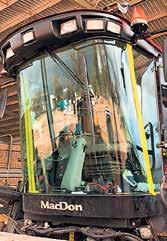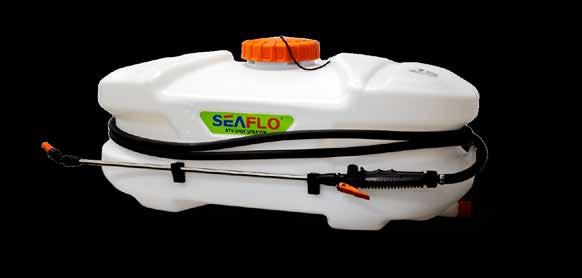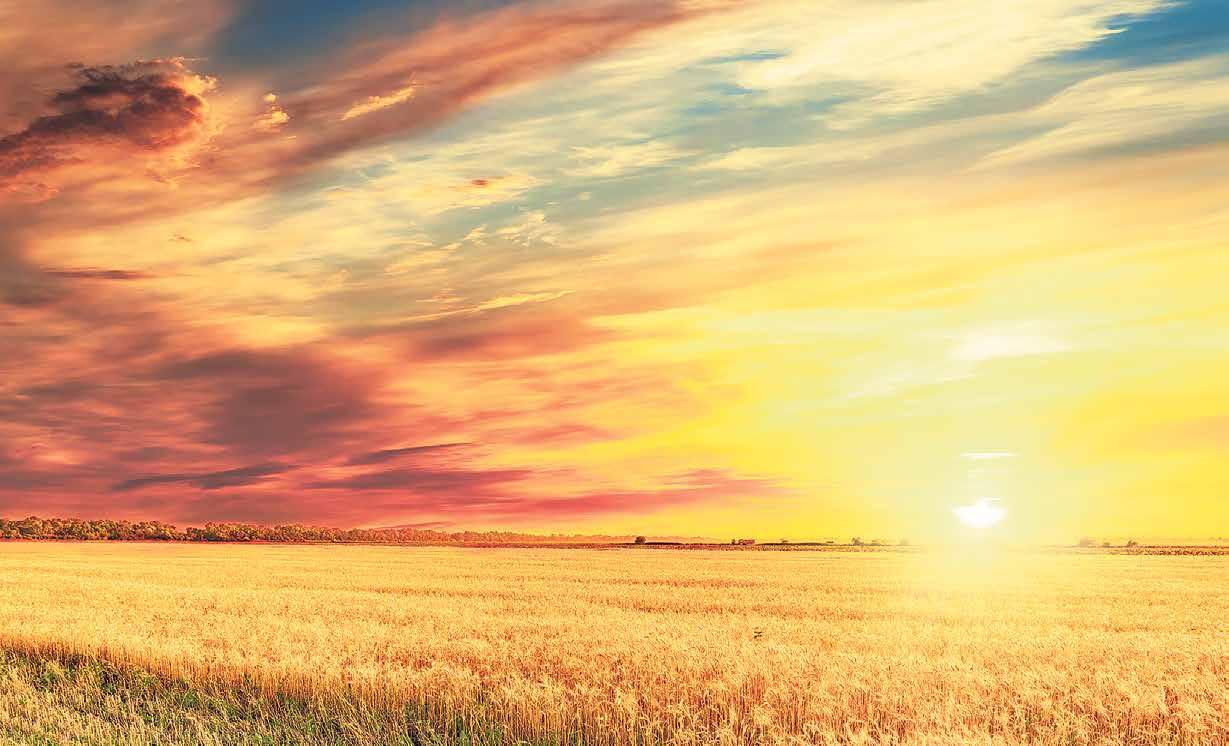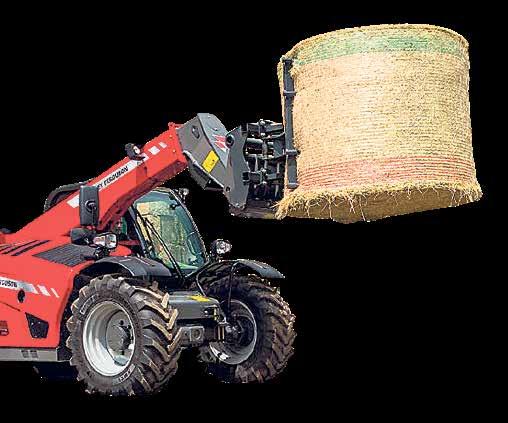
































































The sun is shining on headers in paddocks this week and Wimmera farmers have had a chance to get stuck into harvest for 2022-23.
A La Niña season saw above-average rain in November and early December, delaying the start of harvest, but it has not been all negative for growers.

Vectis farmer Tim Rethus said while harvest was tracking well, there were still challenges.


“We can’t get the area done per day that we would like to because we are knocking off early and starting late,” he said.
“Harvest is going to be more drawn out until we get finer weather.
“That’s also a good sign, because some of the crops are good and it’s adding to the time it takes to get the harvesters through because the crops are thicker.”
Mr Rethus said he had been harvesting canola and barley so far this season.
“Both have been quite good. I have heard good reports around about canola. It’s been a very good crop to grow this year,” he said.
“It will be interesting to see what happens when we get into the other crops, as I think it will be a bit of a mixed bag.
“I know a few people have had to spray lentils out because they got too wet and died and there are reports that wheat will not be as good as we hoped.
“The crops look good, but when you get in to do some head rub and get some into your hand, there are not as many seeds as you think, so it will be interesting to see what the header picks up.
“Quality and yield have been pretty
good in what we have harvested so far, although I’ve heard some barley had low test weights, which is lower quality.
“I also suspect that a lot of that is because the first barley that people started harvesting was their worst barley. Usually, the worst barley ripens first because it finishes early, when it shouldn’t, so it could improve in time.”
Mr Rethus said quantity for barley was above average and the barley was a little bit above average.
“I have heard of much better results from better barley growers than me in terms of yield, too,” he said.
“I don’t think anyone has tackled wheat around us just yet, but some are getting close.”
GrainCorp Wimmera area manager Nathan Tepper said most sites saw receivals start to come through in late November, due to a later start this year.
“The recent rain, hopefully, should not cause any issues,” he said.
“There has been some water in paddocks that obviously delayed the usual start date of the winter harvest.
“There are some areas that have been impacted by a softer growing season or rain events, but so far we’ve been pleasantly surprised with the quality coming through the gates, and pleased for the growers delivering to us.”
Mr Tepper said canola, barley and wheat were yielding well so far, with some areas of the Wimmera impacted more than others.
“The majority of receivals so far have been delivered to Murtoa and Nhill, with the broader Wimmera region having taken more than 220,000 tonnes,” he said.
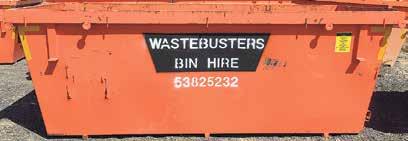

“There’s still a long way to go for this year’s harvest – particularly given
the late start. I’d estimate we’re about a fifth of the way through across the region.
“Weather permitting, we’ll likely still be receiving grain at the end of January.”
Mr Rethus said he would normally only have a week’s worth of harvest work to do after Christmas.

“Everything has been delayed. This year we’ve probably done one-quarter and we’re just over halfway through December, so we have a long way to go,” he said.

“Normally we would have sprayed lentils a month ago so they were ready for harvest, but we probably won’t spray them until after Christmas.
“While the season is late, there is good news because the plants have lots of seeds on them and we’re letting them go because why wouldn’t you cash in when you can?
“Some people have been harvesting beans, but again they have been a bit of a problem this year because
of disease and I think they’re not getting a lot.
“I haven’t heard great things about beans yet, but a lot of good bean crops will be harvested later because of the season – early bean crops are the ones that fared poorly due to disease and they died early so were harvested early.”
Mr Rethus said prices were dropping away, as they did each harvest.
“I think a bit of strategic storing is going to be good. Prices are strong but looking at international prices, they’re not as strong as they should be,” he said.
“That’s largely due to logistics in getting grain out of the country.
“We can grow all this crop but we can’t get it out of the country – we’ve been growing record crops for three years in a row, you think logistics would have improved by now but they haven’t.
“I know people at GrainGrowers and VFF have been advocating about the
quality of our roads, the train network to get grain to port and the number of ships we access to get the grain out of the ports.
“We’re going to have a large amount stored at receivals and farms and we’ll see what happens, but I think there will be an opportunity to sell some now at a relatively good price and maybe hang on to a little bit to sell later on.”
Mr Rethus said while paddocks were drying out quickly now, soil moisture was still boding well for 2023.
“Most of the standing water has disappeared, but the problem is we don’t know how long ago it disappeared,” he said.
“We have table drains with water in the middle of December, which is pretty ridiculous, and the roadside grass is still green, which is amazing, so it just goes to show how much moisture is around.
“Looking at our soil probes, moisture levels in soil from the start of November to the end of November are the same, so that means they are full.
“That bodes well and gets farmers excited about next year because we know we have a bucket half-full to start with, so no matter what happens we are in line for getting something next year.”
Mr Rethus said it was important that farmers and harvest workers looked after themselves during the season.
“It’s going to be a long season and it is good to be there at the end – we’re talking two months of work yet, so it’s a long harvest,” he said.
“It’s going to be a marathon, not a sprint, so take opportunities when they come to have a break. When the weather is bad, it’s a time to recharge.
“We will be doing this for a while, but enjoy it while it’s going.”
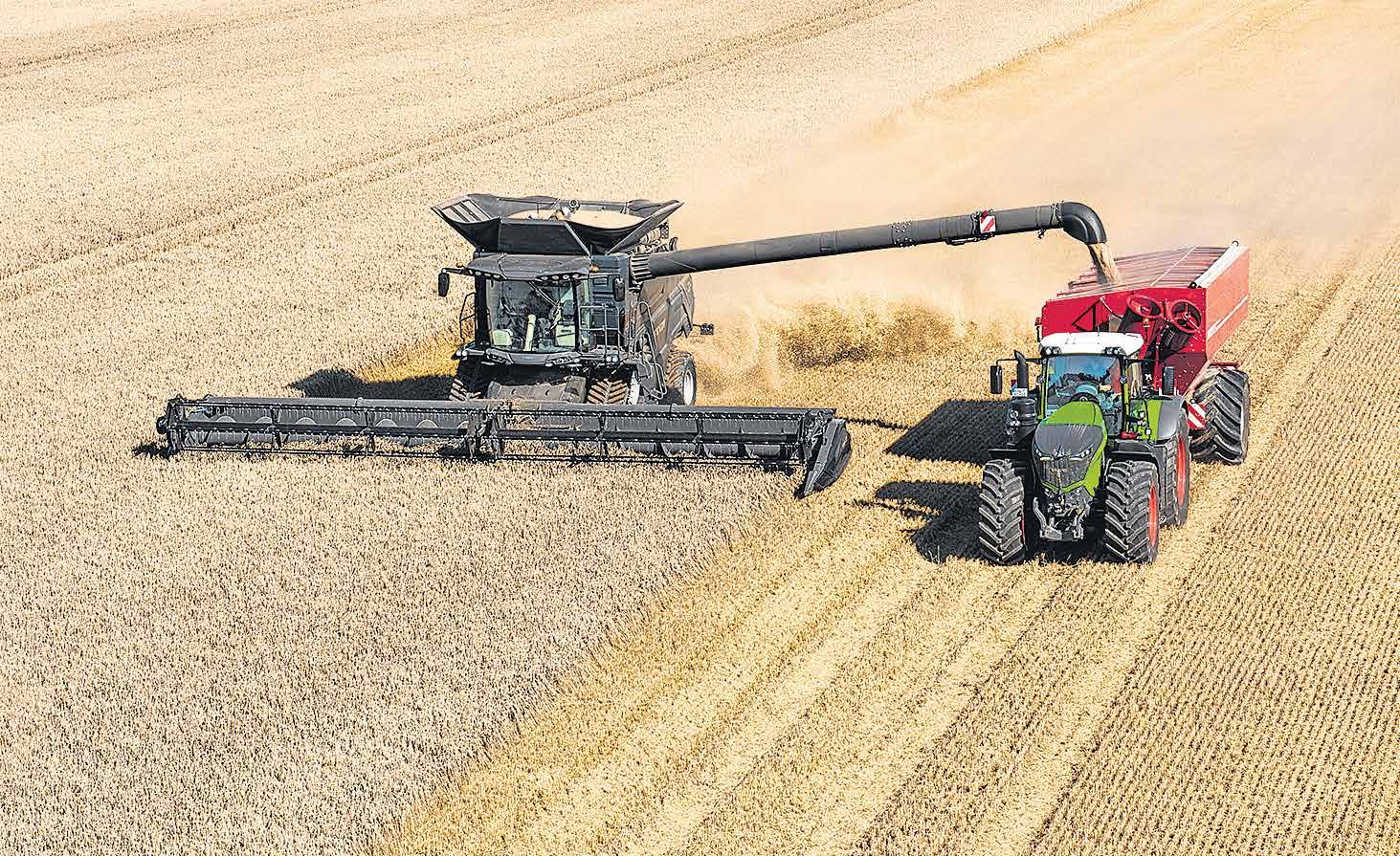



For two years now, Aussie grain prices have been trading at a significant discount when compared with global prices.
Yes, prices are high and most farmers have enjoyed two good seasons.
But it feels like we’ve left something on the table; at the farm level we haven’t been able to fully land the price-volume quinella.
This isn’t just an issue for farmers, it’s an issue for the regional economy.
Getting good data on this is difficult, but for the purpose of the conversation let’s say 30 million tonnes of wheat, barley and canola has been sold by farmers at $50 a tonne below global parity. That’s a $1.5-billion lost opportunity.
Maximising the value of the Aussie crop is important, for everyone.


There’s plenty of conjecture as to why our prices are lower than they should be.
Is difficulty in accessing shipping capacity and port availability limiting competition? Is the main profit driver for major traders volume not price?
If so, they’re incentivised to work prices lower.
Is there an oligopoly in the grain commodity trade here, which impacts the relationship between global prices and local bids?
As I ponder these issues, I’ve realised it’s pretty easy to sit back and
complain about something, blame someone else for a situation we don’t like. So, it’s worth reminding ourselves as farmers, we have first point of control in the supply chain.
A trader can’t fill an order until we sell them some grain. If we don’t like a grain price then why do we sell?
Part of the answer to this is the need for cashflow.
Cropping is an expensive business. We invest heavily throughout the growing season and by December we’re looking for a return.
Being forced to sell for cashflow limits the ability to capture an improved return post harvest, and any extra dollars on the grain price goes straight to profit.
A 10 percent lift in the price might mean a 50 percent lift in profit.
Decoupling the marketing decision from the cashflow need would be a useful step.
Pleasingly, we’re starting to see some inventory finance products appear where farmers can get a cash advance against their stored grain. But more work needs to be done between indus-
try and financiers to make this option more readily available.
The piece that stands out the most for me though is the knowledge gap.
Farmers know their production system very well.
They seek advice from plant breeders, agronomists, nutritionists, soil scientists and research groups to inform their decisions. They monitor every step of the production cycle.
But it seems we understand very little about the next phase of the product journey, the steps from farm to customer.
When we see a USD price for grain sold to a customer in the Middle East or South East Asia, most of us can’t readily convert that back to a farm gate value. We don’t know if the local bids are a true reflection of destination price. We don’t know if our post farm gate supply chain is functioning effectively.
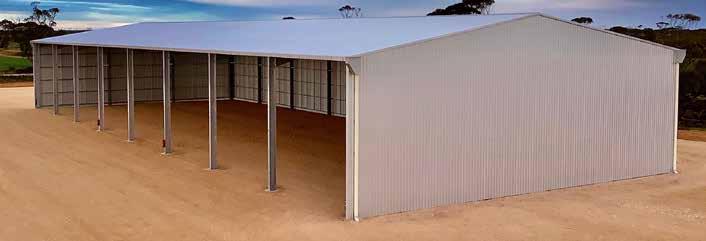
So, I think, as we work up the 2023 budget we’ll put an extra line in for ‘Knowledge – Markets’. It does feel like this is the next area for uplift in farm business performance.
This approach will only be effective if it’s industry wide. If we collectively lift our understanding of each component of the journey from farm to customer, we will be able to make better marketing decisions.
As someone once sang, ‘You’ve got to know when to hold ’em’.



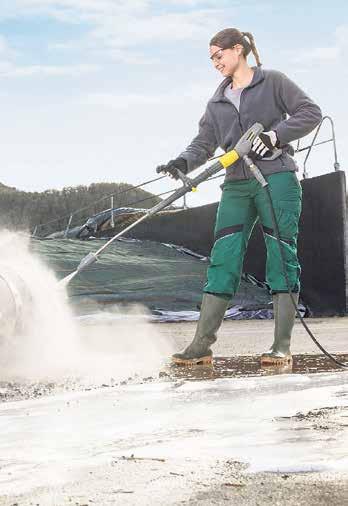




Authorities are urging motorists to be considerate of road conditions and other road users this harvest season.
Victoria Police Horsham Highway Patrol Sergeant Dale McIvor said road conditions were changing quickly after adverse weather and increasing heavy loads travelling on roads.
“Some roads are falling away on the sides and small potholes are growing after a wetter-than-usual spring and summer,” he said.
“We’re also seeing the gravel sides of narrow roads remaining wet, so when heavier vehicles are going off roads they are sinking and getting bogged. Drivers need to be cautious of that.
“On the Western Highway, in particular, we are seeing areas where potholes are developing and the bitumen is rising, which is creating drama for motorists.”
Sergeant McIvor encouraged motorists to be aware of large machinery and trucks on the road.
“I urge motorists to be considerate of farmers moving large harvest machinery from paddock to paddock,” he said.
“We have also seen lots of prime movers on the road carrying harvesters that are signed as heavy or

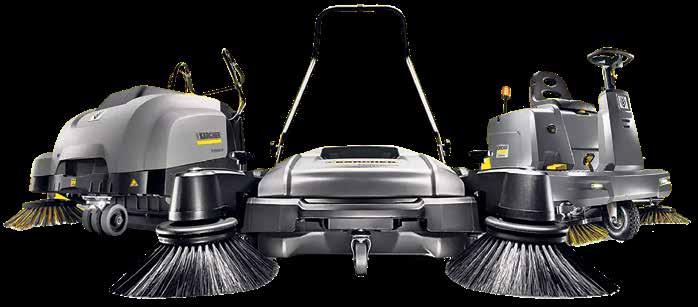
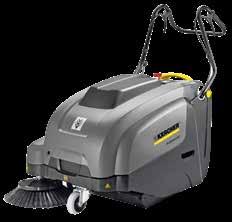
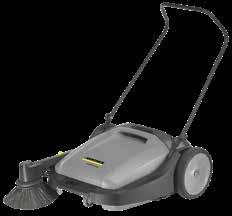

oversized loads. Motorists should also be aware of potholes becoming larger quickly, which are becoming big issues, especially with the number of heavy vehicles travelling on our roads.”
Grower representative group GrainGrowers’ chair Rhys Turton said repeated rain and floods had severely damaged road infrastructure.
“An efficient rural road network is critical for protecting Australia’s $13-billion grain industry and the broader Australian economy, but we are increasingly seeing growers unable to even access their paddocks to harvest their grain because the roads are so damaged,” he said.
– Sergeant Dale McIvor, left

Mr Turton said immediate action was also needed to address the rapid deterioration in critical sections of the nationally-significant road network, including the Western Highway that connects grain to important domestic and international markets.
“With natural disasters and climate variability having an increasing impact on Australia’s road infrastructure, the adaptability of key freight routes needs to be a priority in the long-term funding model,” he said.
“We are now at the point where we need immediate action, followed by long-term strategic investment that delivers real returns for rural Australians.”
Municipal leaders also urged road users to remain mindful of heavy vehicles on rain-damaged highways this harvest season.
Yarriambiack Shire chief executive Tammy Smith said spring floods had damaged the shire’s road
network and a recent grain-truck rollover had prompted the council to reprioritise damaged road reporting and safe-driving reminders.
“The wet spring and flood events have further damaged our road network, which is now seeing increased activity with harvest in full swing across the region,” she said.
“Fully-loaded grain trucks are extremely heavy and have the potential to sink into the soft edges on the side of the road.
“We have already seen a grain truck roll onto its side as a result of moving off the road to give way.”
Ms Smith said the council was ‘working hard’ to repair damaged roads and shoulders across the shire and the council was prioritising flood-damaged roads and freight routes ‘as a matter of urgency’.
However, she said the council ‘could not be everywhere at once’.
“We ask residents to please be patient during this busy period,” she said.
She encouraged residents to alert the council to damaged roads via the council’s customer relation management system by calling 5398 0100.
Alternatively, she said residents could report road damage via yarriambiack.vic.gov.au/EngageWith-Us/Report-an-Issue; or via the ‘Snap, Send, Solve’ smartphone app.

Despite flooding and high rainfall across eastern Australia, Australian Bureau of Agricultural and Resource Economics and Sciences, ABARES, predicts agriculture is still on track for an ‘outstanding’ year.
ABARES executive director Jared Greenville said the release of ABARES Agricultural Commodities and Crop Reports showed the sector setting new benchmarks in export commodities and high yields for winter crops.
“The gross value of agricultural production is forecast to be a near-record $85 billion in 2022-23, just shy of the record set the previous year,” he said.

“Meanwhile, the winter crop is forecast to be the second largest on record at more than 62 million tonnes. Livestock production is expected to hold steady, contributing $34 billion to the national total.
“Another bumper year combined with high commodity prices means Australia’s agricultural exports are forecast to break records at more than $72 billion in 2022-23.”

Dr Greenville said while spring rain had impacted production, yields and quality in some parts of the country, some states were experiencing their best winter crops on record.
“We saw a record amount of crop planted in Victoria this year,” he said.
“At the state level, high yields in the Mallee and the Wimmera will offset crop losses in central and northern border regions. However, the full picture of damage to crops from extensive waterlogging remains unknown.
“Harvest in Victoria is likely to run well into summer.”
“On the Western Highway, in particular, we are seeing areas where potholes are developing and the bitumen is rising, which is creating drama for motorists”


















It’s going to be a long, slow harvest for many grain growers due to the record wet spring.

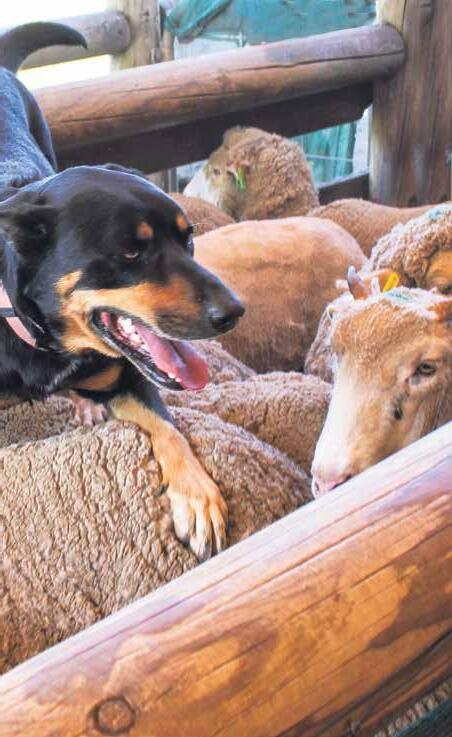
Canola harvest is nearing completion and it’s been a nightmare for farmers who had bumper crops only to have them flattened by heavy rain and floods, destroying some crops entirely and making others nigh on impossible to get the header in and lift the crops off the ground to strip.
Many growers will still be harvesting cereals weeks after Christmas, so three cheers to them.
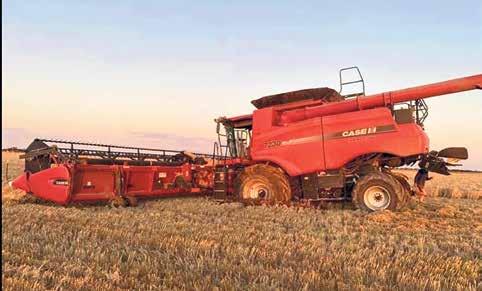
But that’s just the start of the harvest nightmare.
Many regional roads are in shocking disrepair and it’s only going to worsen with heavy grain trucks further damaging roads to grain facilities.
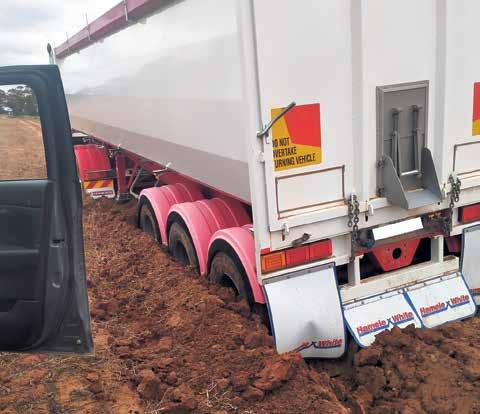
Many roads will remain so for the foreseeable future as councils run out of funding for such major repairs.
The state of our railway lines isn’t much better as government promises, both state and federal, to upgrade the system are made and broken again and again, with no real political will
to do what the country deserves and modernise transport systems.
ANZ Bank released several agriculture outlook reports last week.


The one that really caught my eye was titled ‘ANZ commodity update:
Strong Harvest Volumes Will Be Major Indicator For Domestic Grain Infrastructure’.

I know, it sounds boring but stay with me on this.
Interesting fact number one: The coming harvest is likely to be the 12th year in the past 15 years that production has been above the 10-year average.
ANZ head of agribusiness, Mark Bennett, told Country Today: “Even more notably, working on the latest crop forecasts, this year’s crop could
be about 39 percent higher than the 10-year average.
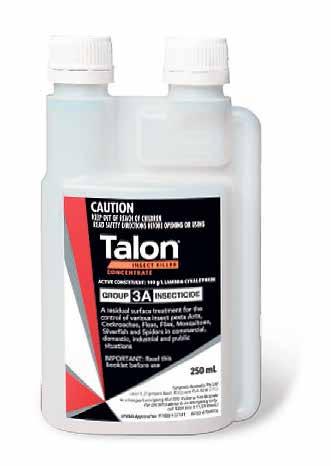
“This would be the sixth highest difference from the average in more than 50 years.”


What that means is, Australia’s grain infrastructure right along the chain isn’t built for these volumes and just can’t do an adequate job.
Many economies around the world are teetering on recession.
Our shining light is agriculture, and in particular, grain production.

Surely we can’t afford to let the system deteriorate further. It’s not just an economic decision, it’s a health issue.
Roads and rail are death traps.
Just look at the spectacular derailment of a freight train at Inverleigh near Geelong last month.
BOGGED: A wet year has made paddocks very muddy for farmers this harvest. Above left, a header gets bogged during a run down a paddock and, above, a truck gets bogged on its first trip with a load of grain out of a paddock this season.
Grain growers are predicted to invest in more on-farm storage to avoid the time consuming and frustrating trip to grain receival points during harvest.

“While Australia remains a world leader in handling volatile crop production volumes, it is also important that discussion continues on the best

possible grain distribution and export network going forward, which includes the balance of on-farm storage, as well as road and rail transport,” Mr Bennett said.
It’s simple. Regional Australia deserves better.
Will someone bite the bullet and do what’s needed?
•
•
•
•
•


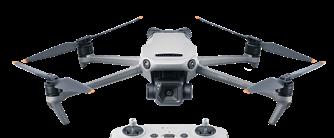




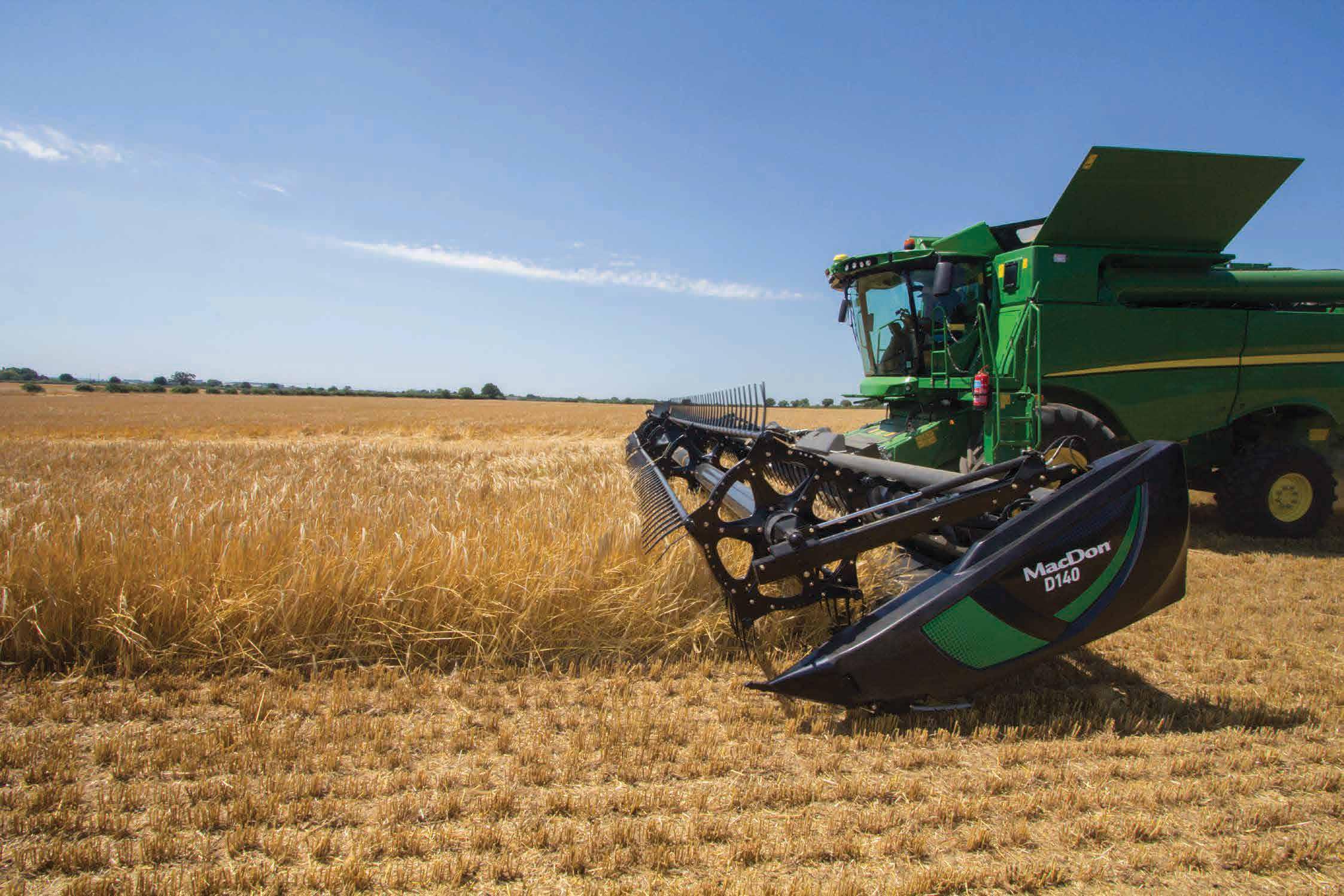

As harvest begins to ramp up across the Wimmera, grain prices remained steady during December despite an initial decrease on spring prices.
Department of Agriculture, Fisheries and Forestry reported Australian export prices, as at December 15, were remaining relatively steady compared with recent weeks, although they had
dropped since harvest began this year.
Grain prices are up between eight and 15 percent on last year’s prices at the same time.
Milling wheat was exported at $548 a tonne, feed wheat sold for $501 a tonne and feed barley was exported at $428 a tonne. Canola was exported at $1051 a tonne.
Milling wheat has fluctuated between $547 and $571, feed wheat between $500 and $514, barley between
$424 and $434 and canola between $995 and $1083 a tonne since the end of November.
In the Wimmera, AWB recorded bid prices for APW1 wheat last week were $366 to $373; barley at $261 to $279; and canola at $679 to $691.25 a tonne.
On Friday, GrainCorp recorded bid prices of $378 to $381.50 for APW1 wheat, $314.50 to $335 for barley and about $684 a tonne for canola.
In the livestock industry, sheep sales at Horsham Regional Livestock Exchange are seeing reasonable numbers in December.
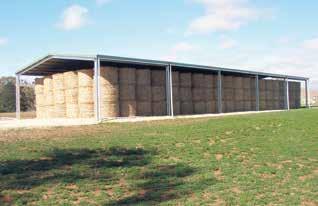
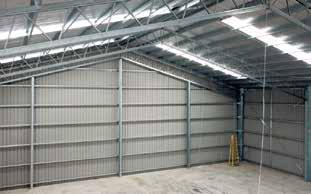

Graham Pymer’s market report on Wednesday last week showed lamb prices were operating at an increase compared with the week prior.
Medium and heavy trade weights sold from $160 to $207, with heavier weight lambs selling from $202 to $223 per head while lightweight
lambs sold from $90 to $136 per head.
Old lambs mostly sold from $102 to $160 per head.
Buyers paid from $74 to $151 per head for shorn young lambs. They paid $100 for Merino wethers and $87 for Merino ewes.
Merino ewes sold for up to $105, Merino wethers sold for up to $145 and crossbred ewes sold for up to $119 a head.
A new three-way auto draft is ready for future Longerenong College students to use when studying and working with livestock at the college’s farm. Nutrien Ag Solutions donated the machine used for drafting lambs as part of a sponsorship with the college.
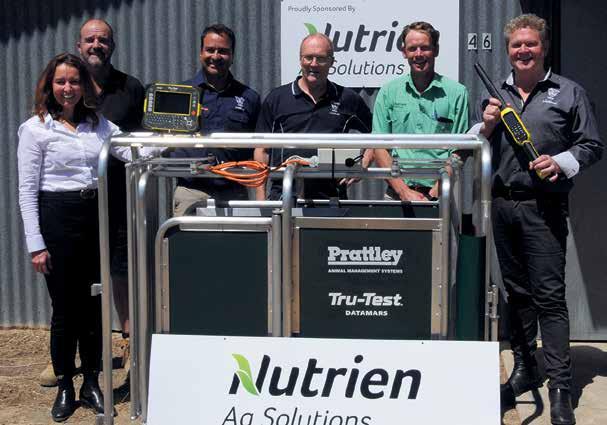

Longerenong College general manager Avril Hogan said the new equipment improved the level of technology taught to students within the livestock section of the college.
“The students expect the most up-to-date technology and we
want to make sure that we’re sending them out into the field job ready – and that’s knowing how to operate equipment like this,” she said.
“We need to see improvements wherever we can in profitability and productivity and equipment like this helps us.
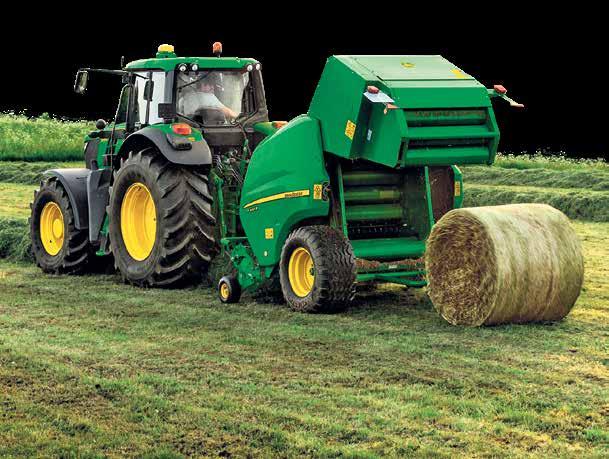
“This is an automatic system for weighing and drafting lambs, which reduces the labour component needed and helps in accuracy when you’re working with livestock.”
Ms Hogan said Nutrien Ag Solutions came on board with
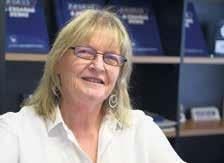

a three-year sponsorship earlier in the year.
“The sponsorship involves a multitude of things including the donation of a three-way auto draft,” she said.

“As part of this, they also send staff to speak at different classes and offer work placement opportunities for students.
“Sponsors of the college are integral in making sure our resources are up-to-date with the current changes in agriculture technology.”


